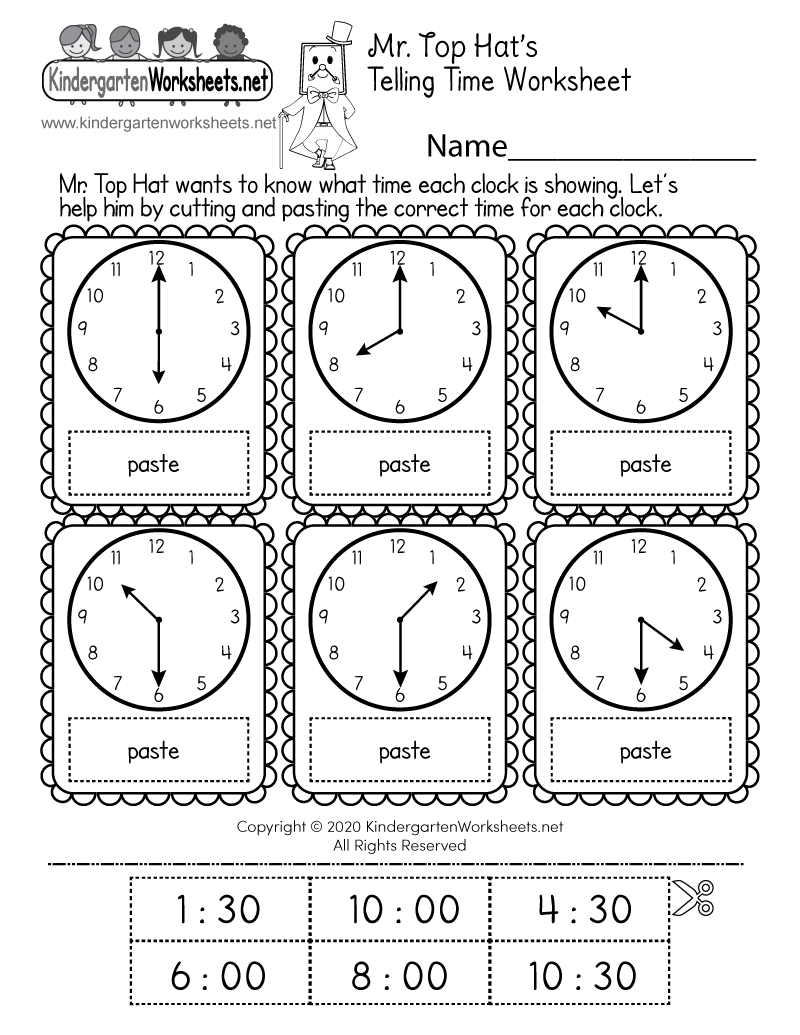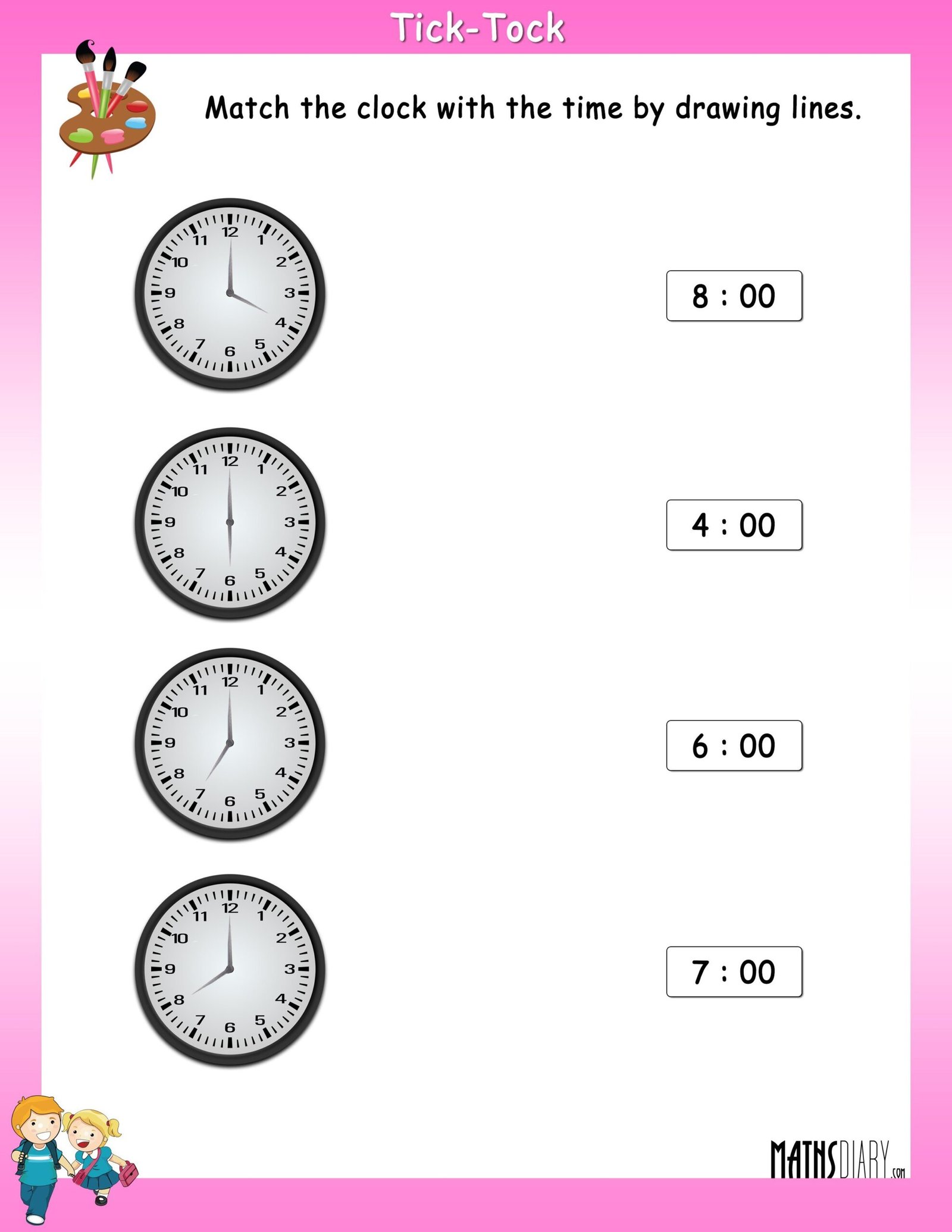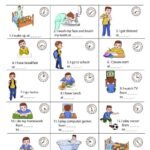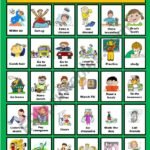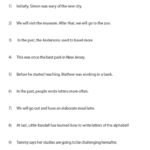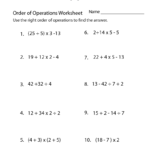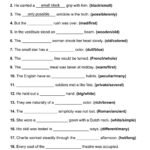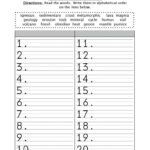Introduction
Time is an important concept that children in kindergarten need to learn. It helps them develop a sense of order and organization in their daily lives. Time worksheets are a great tool to introduce and reinforce this concept. In this article, we will explore the benefits of using time worksheets for kindergarteners and provide detailed examples of different types of worksheets.
Understanding Time
Before we dive into time worksheets, it is essential to ensure that kindergarteners have a basic understanding of time. Time can be explained as a way to measure the duration of events or activities. It can be divided into seconds, minutes, hours, days, weeks, months, and years. Kindergarteners should be familiar with the terms “morning,” “afternoon,” and “night,” as well as the concepts of “yesterday,” “today,” and “tomorrow.”
Benefits of Time Worksheets for Kindergarten
Time worksheets offer numerous benefits for kindergarteners:
1. Visual Representation: Worksheets provide visual representations of different time concepts, making it easier for children to grasp the idea.
2. Practice and Reinforcement: Worksheets allow children to practice reading and understanding time in a structured manner, reinforcing their learning.
3. Problem-Solving Skills: Time worksheets often include problem-solving tasks, which help children develop critical thinking skills.
4. Sequencing: By working with time worksheets, kindergarteners learn how to sequence events and understand the concept of order.
5. Mathematical Concepts: Time worksheets can introduce basic mathematical concepts like counting, addition, and subtraction, as children learn to read time on analog clocks.
Types of Time Worksheets for Kindergarten
1. Matching: Kindergarteners can match analog clocks with their corresponding digital representations or match the clocks to the appropriate time of day (morning, afternoon, or night).
2. Reading Analog Clocks: Worksheets can include analog clocks with different times, and children can practice reading and writing the corresponding digital time.
3. Sequencing Events: Children can be given a set of events and asked to arrange them in the correct chronological order.
4. Addition and Subtraction: More advanced worksheets can involve addition and subtraction of time, where children need to calculate the duration between two given times.
Conclusion
Time worksheets for kindergarteners play a crucial role in introducing and reinforcing the concept of time. They provide a visual and structured approach to learning, helping children develop essential skills like sequencing, problem-solving, and mathematical understanding. By incorporating time worksheets into kindergarten curricula, educators can ensure that children have a solid foundation in understanding and reading time.
Teaching Time Worksheet



